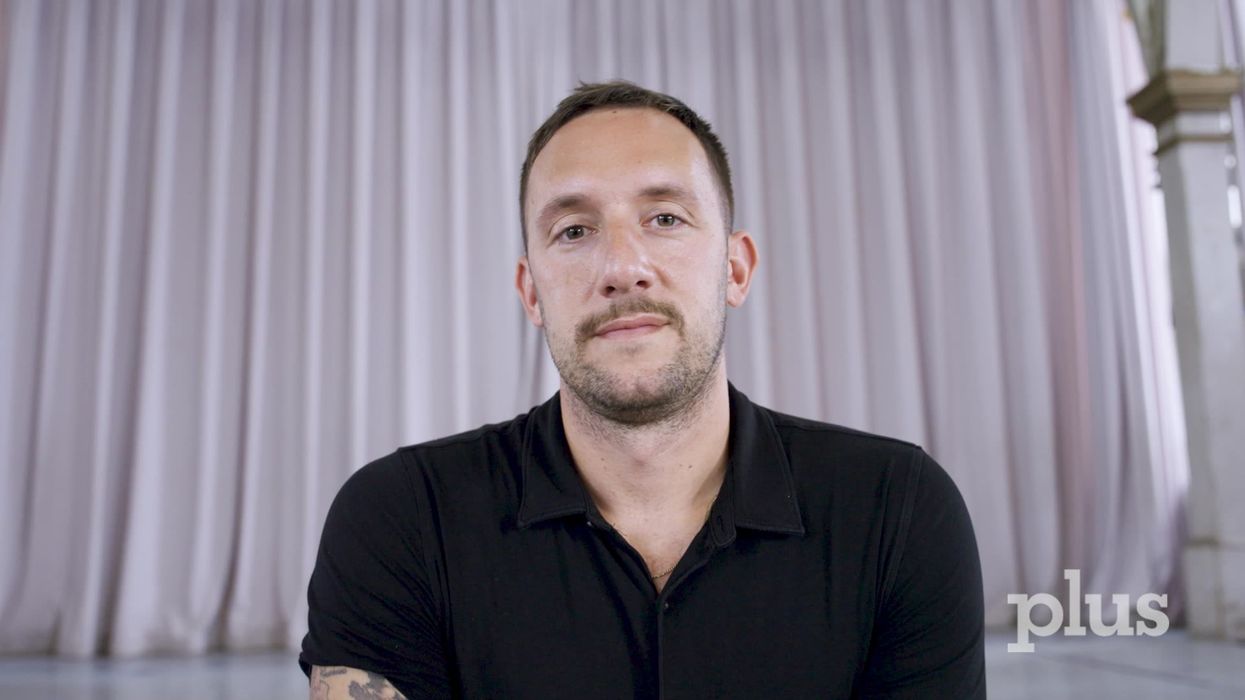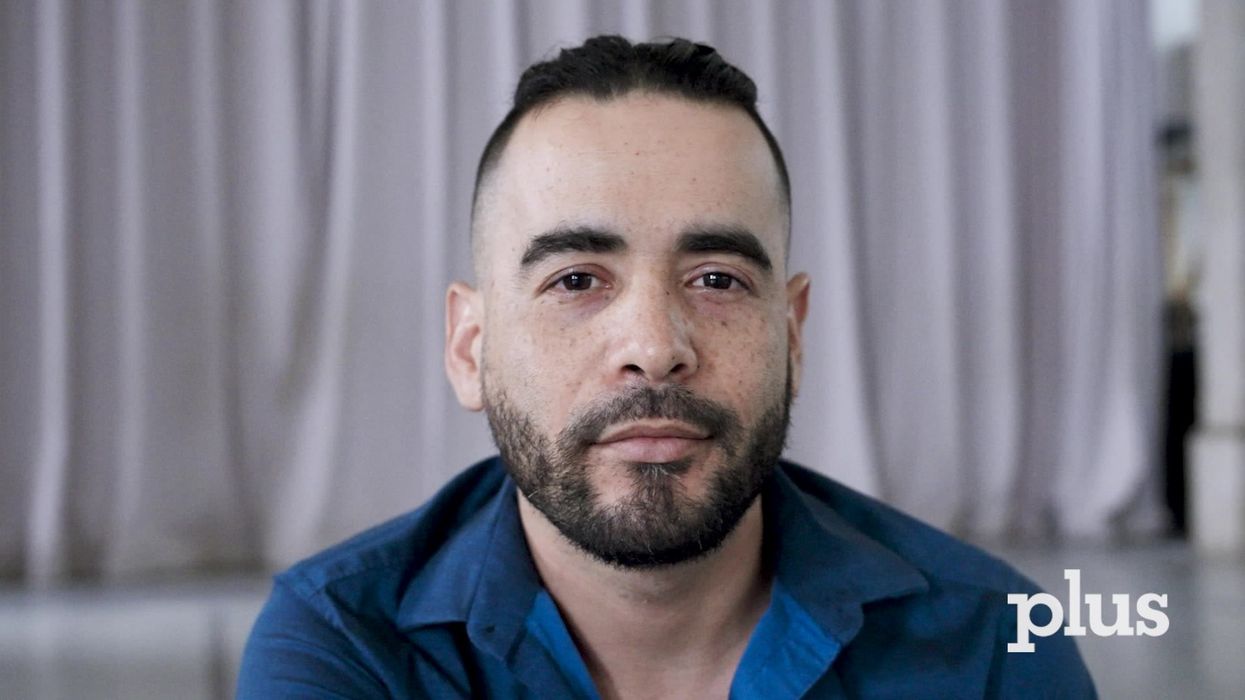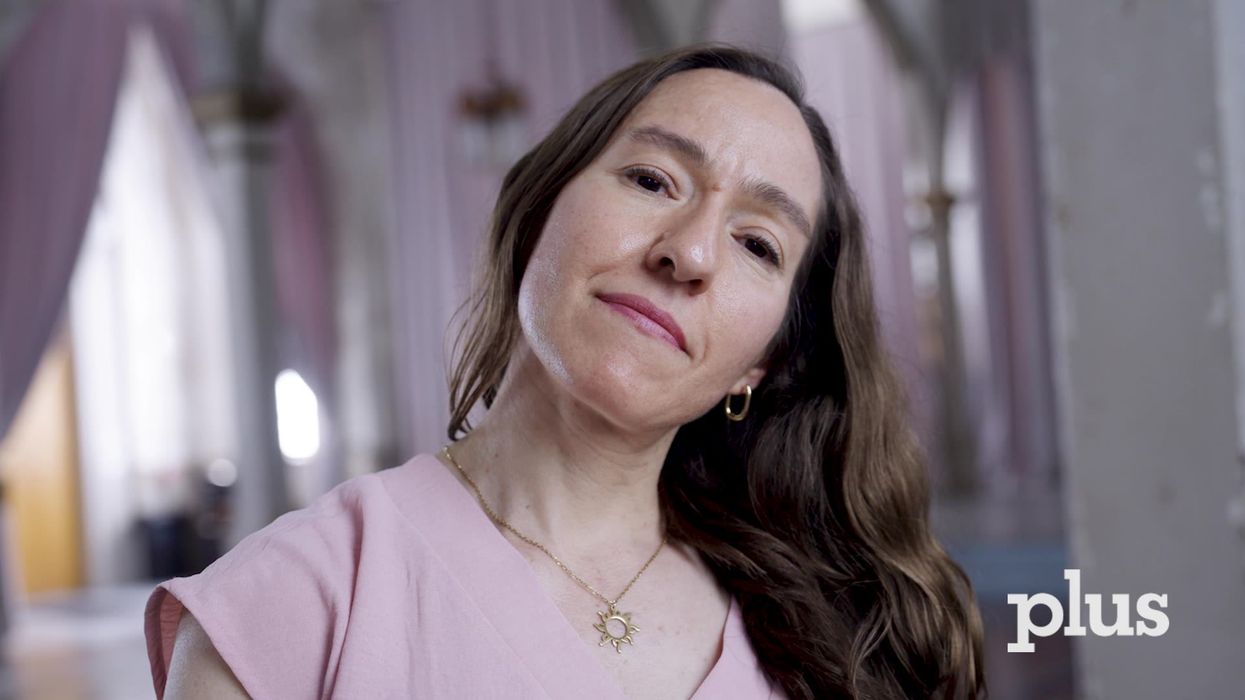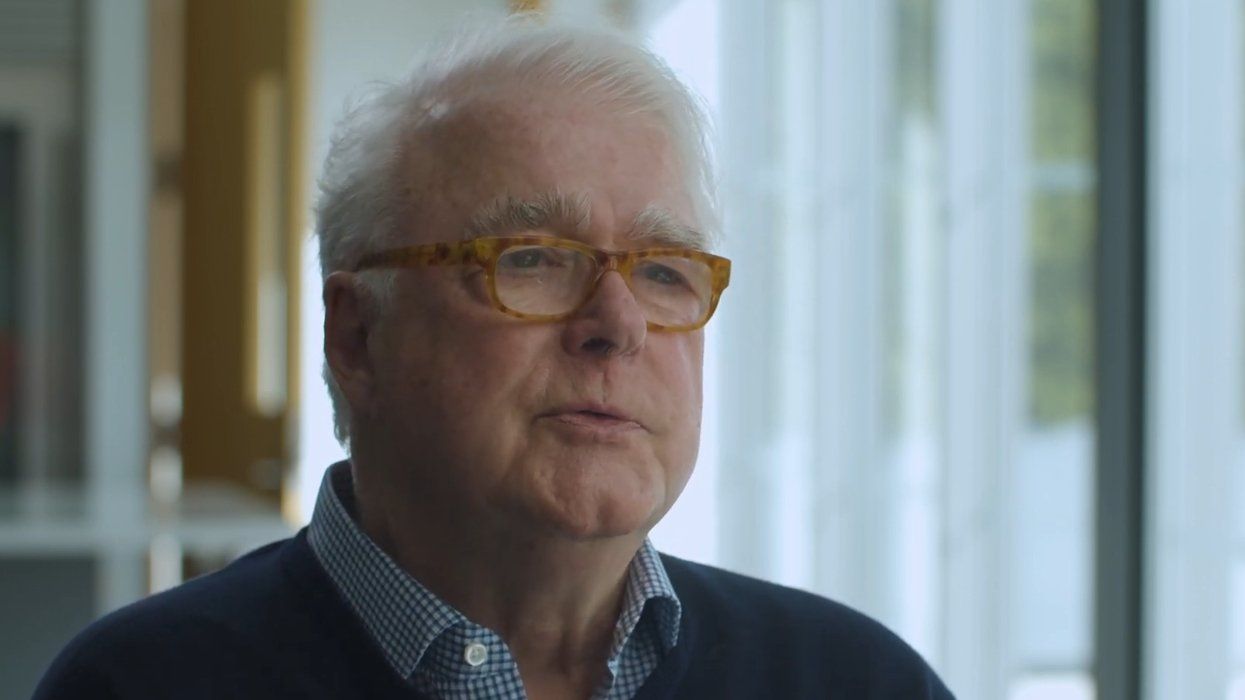Recently amfAR, the Foundation for AIDS Research, announced a new round of grants and fellowships totaling $2.1 million, with $1.6 million going strictly toward cure-focused research. Thirteen grants ranging between $120,000 and $125,000 were awarded to research teams in locations including Australia, Sweden, San Francisco, and Baltimore.
The organization's CEO, Kevin Robert Frost, told HIV Plus magazine that the effort to find a cure has been underfunded in recent years. Now amfAR is spending about 60% of its research funding on finding a cure.
"I think only now are we starting to see that catch up with initiatives from the National Institutes of Health," he said.
The aim for the new funds will focus on understanding how, where, and why HIV persists within infected people even while they are on prescribed medication. Frost said one of the angles being evaluated is the differences in the way HIV is transmitted in various parts of the world, especially in trying to understand transmission among men who have sex with men in countries that tend to be dismissive of or even hostile toward homosexuality.
Some studies will focus on isolating infected cells in order to determine how they function and replicate. The new funds will also help researchers employ the latest technological advances, such as laser dissection techniques and cell-regeneration drugs. Although it may prove difficult to determine how and where HIV-infected cells hide in the body, the newly funded research is promising, Frost said. "As we keep uncovering new information about the virus, we're increasingly confident that we will be able to find a cure for HIV/AIDS in our lifetime," he said.
The cure research will try to determine which might be the best way to eradicate HIV from a person's body: sterilization of the virus, or weakening the virus as it remains in the body. Frost said people tend to traditionally believe that removing the virus would be the cure, but an end to HIV might mean what he calls a "functional cure," which would render the virus nonpathogenic — that is, harmless. While Frost said this technique has been receiving attention, for scientists to fully embrace it, they must become more comfortable with the idea of a latent virus rather than completely eradicating the virus from the body.
Frost added that scientists should continue to evaluate their research tactics to ensure that efforts are detailed and collaborative. "It's not enough for scientists to toil away isolated from each other," he said. "One could look back to the development of the atomic bomb in this country. People came together with the collaborative approach when they were trying to split the atom. I think there's clear evidence that the collaborative approach is working and that it'll get us closer to a cure even faster.
Other projects funded by amfAR will analyze viral infections and how they compare across long stretches of time. For example, at Johns Hopkins University, researchers will will look at how HIV reservoirs become established in people who develop little immune response to HIV infection to better understand how the virus persists without an immune response. And at the University of California, San Francisco, researchers will examine possibilities for a cure by targeting ancient retroviruses existing in stretches of DNA that are millions of years old and present in the human genome.
Since 1985, amfAR has invested nearly $325 million in its programs and has awarded grants to more than 2,000 research teams worldwide.


































































